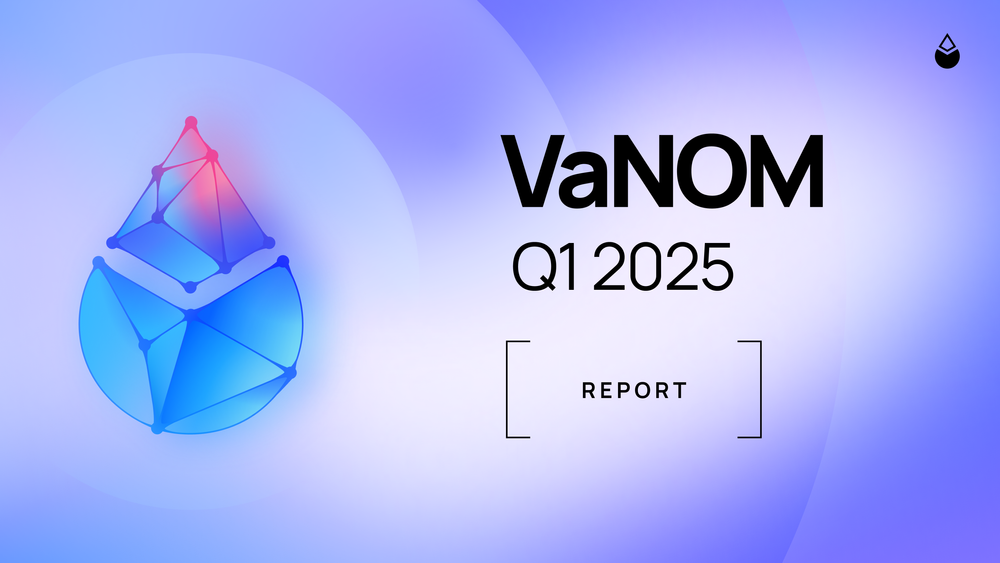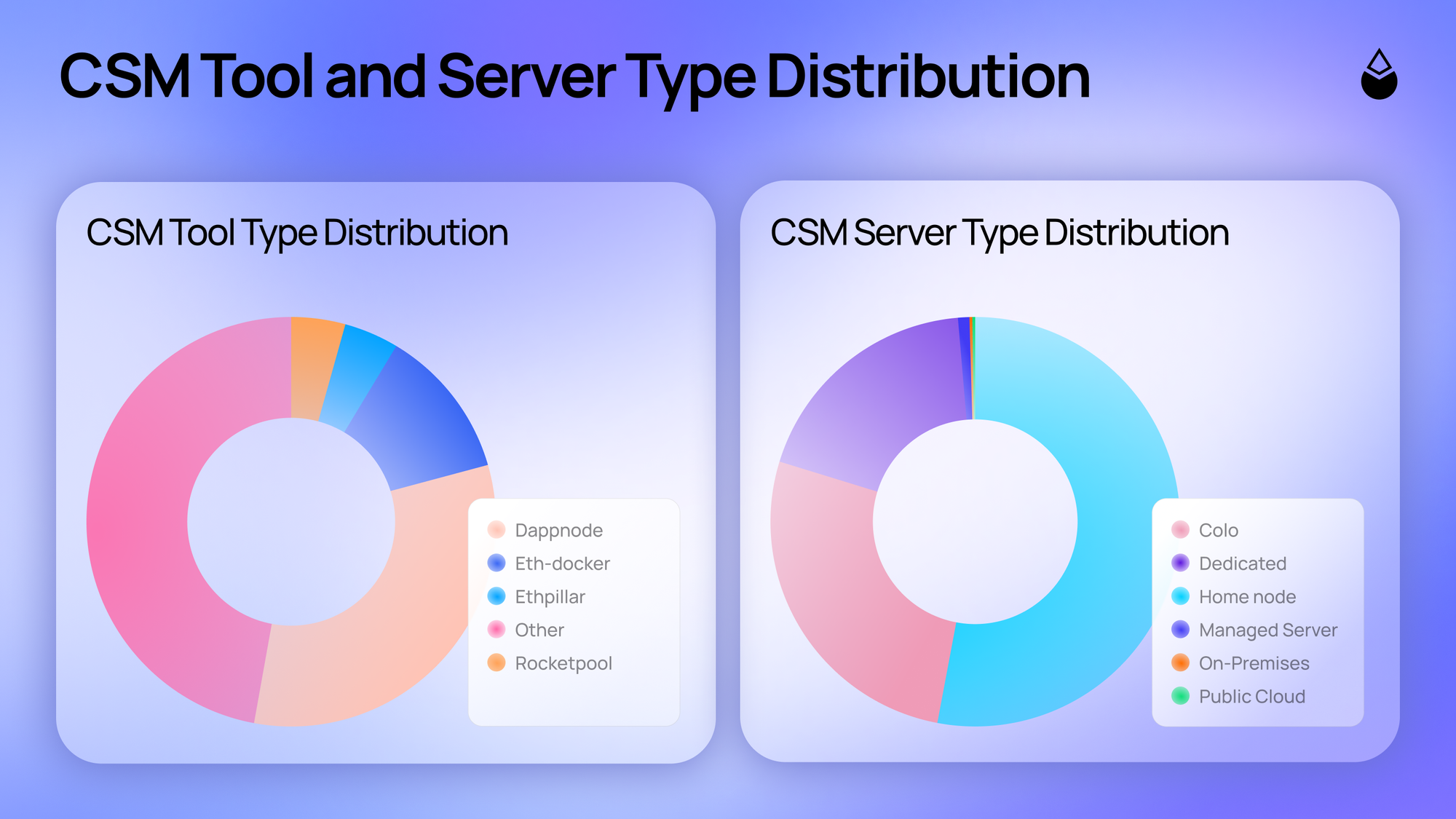Lido Validator and Node Operator Metrics: Q1 2025

Key Highlights
- Addition of Community Staking Module (CSM), featuring data on basic stats, client diversity, and infrastructure setup.
- Addition of basic cross-module participation across Curated, CSM, and Simple DVT operator sets.
- Overview of how different Distributed Validator Technology (DVT) providers are used in staking modules.
Check the full Q1 2025 VaNOM report via the link.
Introducing the Community Staking Module
In October 2024, the Lido protocol celebrated a major milestone with the launch of the Community Staking Module (CSM), kicking off with an Early Adoption phase. Designed to enable permissionless entry for Node Operators, CSM empowers homestakers and smaller operators to join Ethereum validation — significantly lowering both capital and technical barriers compared to traditional solo staking.

In February 2025, CSM became fully permissionless. From its launch through the end of Q1 2025, it attracted 312 operators, collectively running 5,857 validators and representing approximately 2.09% of stake share. Insights about how these stakers run their setups is gathered via an opt-in survey accessed directly via CSM UI on csm.lido.fi. Survey results reveal a diverse mix of execution and consensus client combinations, a variety of installation tools in use, and a wide range of server setups, from home nodes to cloud-based infrastructure.
Cross-Module Operator Participation:
One particularly interesting metric to highlight this quarter is operator participation across different modules (added in 2024/Q4). Each module within the Lido protocol has unique characteristics that attract and accommodate distinct types of Node Operators.
The Curated Module, a reputation-based set, is designed for operators who meet the highest standards. Criteria such as business continuity, security practices (including key generation, management, and custody), infrastructure setup, software stack diversity (including client choice), and geographic distribution and regulatory posture are all carefully evaluated to ensure a balanced and resilient validator set.
In the Simple DVT (SDVT) Module, validator clusters are operated by participants in a 5-of-7 threshold, meaning uptime expectations for individual operators are slightly lower than in the Curated Module. However, the nature of SDVT introduces technical complexity, requiring participants to understand DKG coordination, manage shared key infrastructure, and engage in high levels of collaboration within validator clusters.
The CSM, as discussed earlier, is fully permissionless — welcoming anyone with the technical ability and intent to contribute to Ethereum validation. It lowers the 32 ETH entry barrier to 2.4 ETH for the first validator and 1.3 ETH for each additional one, while contributing to the decentralization of the validator set.
Understanding cross-module participation helps shed light on the composition and dynamics of the Lido operator set. In combination with an awareness of risk profiles across modules, it becomes a useful tool to evaluate how the validator set can continue to diversify and strengthen over time.
Please note: the metrics presented are based on a combination of sources, including self-identification, voluntary survey responses, and on-chain data. Since CSM is permissionless, some degree of Sybil presence may be present in the data.
Distributed Validator Technology Utilization
This quarter’s update includes a breakdown of DVT provider usage across staking modules, offering a closer look at how Lido operators are adopting different coordination frameworks. In the SDVT module, 3,974 validators run using Obol and 2,991 using SSV, supported by 218 and 143 operators, respectively.
Notably, CSM is also seeing active DVT adoption — a total 15% of CSM operators responded utilize DVT to run their validators. SSV leads within CSM, securing 1,216 validators run by 28 operators, followed by Obol with 44 validators and 10 operators, and SafeStake with 8 validators across 4 operators.
This growing diversity in DVT infrastructure implementations reflects the ecosystem’s steady progression toward greater resiliency, modularity, and collaborative validation setups — key ingredients in a more decentralized and robust staking landscape.
Looking Ahead
The months ahead bring meaningful changes across the staking landscape, with Ethereum’s Pectra upgrade introducing triggerable withdrawals and support for 0x02 validators, and protocol-level developments like Lido V3 and the proposed SSVLM module laying the groundwork for more flexible and diverse participation. These shifts will further shape how operators engage with the protocol and how staking evolves over time.
As always, DAO commitment is to transparency and continuous iteration. We’ll continue to evolve our metrics, dashboards, and governance processes to reflect this growing complexity.
Stay tuned for our next update — and in the meantime, explore the Lido Node Operator Portal and join the Node Operator Community Calls here.